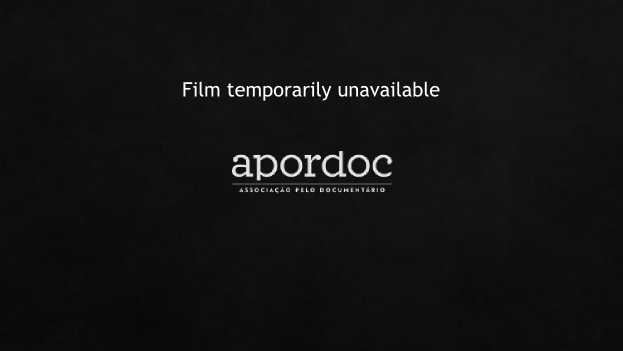
Istanbul Collecting
Director Johanna Sunder-Plassmann
Countries Germany
Duration 75 min
Synopsis
Between 2010 and 2012, the director Johanna, Sunder-Plassmann worked intensively on the, artistic creation and furnishing of a Museum, of Innocence in Istanbul. The museum is a Gesamtkunstwerk by the Turkish novelist and, Nobel Prize laureate, Orhan Pamuk, in a reference to his novel of the same name, published in 2008. It is the love story of Kemal, and Füsun that leads to the establishment of, a museum. The protagonist becomes a manic, collector of small everyday articles that his, inaccessible beloved has once touched or, that are linked to her life., The filmmaker was part of the international, team of young artists and designers who, one, year long, installed the exhibition together, with the writer. Istanbul Collecting follows the, meticulous artistic process of furnishing the, museum and shows how the work and imagination, of Orhan Pamuk and his team were, able to freely and visually adapt literary ideas, to three-dimensional space., Parallel to this, the film shows the designer, team’s search for the many objects described, in the novel, a search that leads to, the hidden homes and shops of Istanbul collectors., In this way a link between the novel’s, story, the museum, and Istanbul’s present, collectors is drawn. During the course, of the film, the director, who everyday puts, herself in the role of the fictive collector Keman, for her work on the museum, visits seven, actual collectors in the city and has them, show her their rooms. Waiting there to be, discovered are the most inconceivable articles,, from erotic objects to old film props or, dollhouses. The collectors come from quite, different walks of life. There are the old antique, dealers who actually don’t want to sell, anything, the lawyer who owns archeological, artifacts of incalculable value, as well as, the filthy rich entrepreneur who hoards copper, diving helmets in his home. They are all, linked by their passion for finding, assembling, and categorizing things, and an obsessive, love of objects. To the collectors, all the, articles are associated with their own personal, stories, emotions and memories. As, in professional museums, they archive them, in their private rooms based on historical information, and city history., These two aspects are also united within the, Museum of Innocence itself: Orhan Pamuk, would like his museum – and contemporary, museums in general – to express the narratives, of individual people. Personal memories, and feelings should be perceptible in museums., His thesis is that each life can be poetically, represented and, at the same time, have, documentary value.
Between 2010 and 2012, the director Johanna, Sunder-Plassmann worked intensively on the, artistic creation and furnishing of a Museum, of Innocence in Istanbul. The museum is a Gesamtkunstwerk by the Turkish novelist and, Nobel Prize laureate, Orhan Pamuk, in a reference to his novel of the same name, published in 2008. It is the love story of Kemal, and Füsun that leads to the establishment of, a museum. The protagonist becomes a manic, collector of small everyday articles that his, inaccessible beloved has once touched or, that are linked to her life., The filmmaker was part of the international, team of young artists and designers who, one, year long, installed the exhibition together, with the writer. Istanbul Collecting follows the, meticulous artistic process of furnishing the, museum and shows how the work and imagination, of Orhan Pamuk and his team were, able to freely and visually adapt literary ideas, to three-dimensional space., Parallel to this, the film shows the designer, team’s search for the many objects described, in the novel, a search that leads to, the hidden homes and shops of Istanbul collectors., In this way a link between the novel’s, story, the museum, and Istanbul’s present, collectors is drawn. During the course, of the film, the director, who everyday puts, herself in the role of the fictive collector Keman, for her work on the museum, visits seven, actual collectors in the city and has them, show her their rooms. Waiting there to be, discovered are the most inconceivable articles,, from erotic objects to old film props or, dollhouses. The collectors come from quite, different walks of life. There are the old antique, dealers who actually don’t want to sell, anything, the lawyer who owns archeological, artifacts of incalculable value, as well as, the filthy rich entrepreneur who hoards copper, diving helmets in his home. They are all, linked by their passion for finding, assembling, and categorizing things, and an obsessive, love of objects. To the collectors, all the, articles are associated with their own personal, stories, emotions and memories. As, in professional museums, they archive them, in their private rooms based on historical information, and city history., These two aspects are also united within the, Museum of Innocence itself: Orhan Pamuk, would like his museum – and contemporary, museums in general – to express the narratives, of individual people. Personal memories, and feelings should be perceptible in museums., His thesis is that each life can be poetically, represented and, at the same time, have, documentary value.